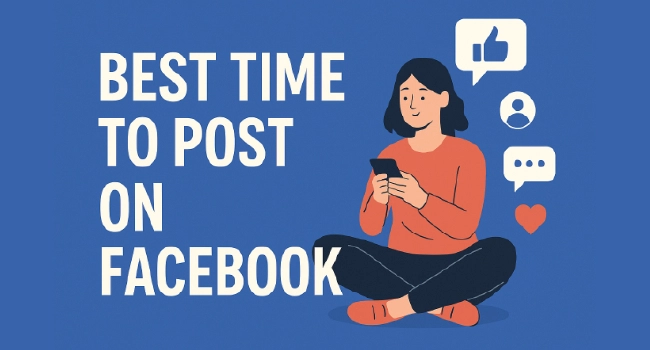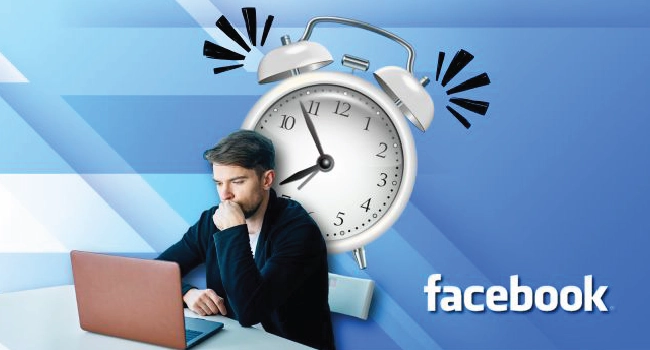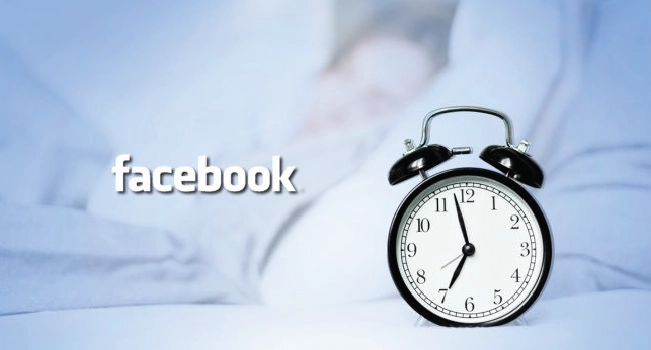The best time to post on Facebook is when your followers are most active and ready to engage. Posting at the right moment gives your content the best chance of reaching more people and sparking interaction.
People follow patterns. Some check Facebook before work, others during lunch, and many scroll in the evening. The key is learning when your community is online and tailoring your posting times to match.

It’s also worth managing older content so it’s easy to unhide Facebook posts that still have relevance and can be reshared at optimal times.
You’ll see why timing makes such a difference, what recent studies have found, and how to shape a posting schedule that works best for you and your audience.
Why Studies Disagree on the Best Time to Post on Facebook
Search for the best times to post on Facebook and you’ll quickly notice the results don’t match. One study might point to early mornings, another to midday, and others suggest evenings. This happens because each set of data comes from different pages, industries, and audience behaviors.
Geography plays a big role. A page with followers spread across multiple time zones won’t have the same peak hours as one focused on a single city.
The type of content matters too. A quick video update may attract views at lunch, while an in-depth article might do better after work hours.
Even audience size can influence the numbers, with smaller pages sometimes seeing stronger results during off-peak times when competition in the feed is lower.
When Most Posts Get the Best Results (The Data)
Recent studies point to consistent patterns in Facebook activity. Across different industries and audience sizes, three key posting windows stand out:
| Posting Window | Why It Works |
|---|---|
| Early morning (5–7 a.m.) | Many people check Facebook first thing in the day, before work or school. |
| Mid-morning (8–11 a.m.) | A steady flow of logins as the workday begins, making it a strong choice for reach. |
| Early afternoon (1–3 p.m.) | A second spike in activity as people take lunch breaks or short pauses in the day. |
Weekdays generally see higher consistency in activity, but weekends can perform well if your audience is more leisure-focused. The best time to post on Facebook still depends on your own followers, but these windows are where the majority of accounts see above-average performance.
Use these ranges as a baseline, then test specific days and formats. Over time, you can fine-tune each slot to match your audience’s habits and increase engagement on Facebook without publishing more often.
Best Times by Content Type
Not all Facebook content performs the same way. Videos, images, links, and live streams each have their own rhythm in the feed. Matching your posting time to the format can help each type reach more people.
Choosing the right slot for each format can improve results without increasing the number of posts you publish.
But if you want to turn those peak hours into viral moments, you can use one of our services and buy Facebook reactions with cheap prices, lightning-fast delivery, and real engagement that gets your post noticed instantly.
Don't let your best content get buried. Click here to buy Facebook reactions and watch your reach go skyrocket.
Best Times by Day of the Week
Daily routines shape how people use Facebook, and those habits can shift from Monday to Sunday. Breaking down posting times by day helps you match your schedule to the natural flow of the week.
| Day | Peak Activity Windows | Notes |
|---|---|---|
| Monday | 8–11 a.m., 1–2 p.m. | Strong start to the week; early posts catch people planning their day. |
| Tuesday | 9–11 a.m., 1–3 p.m. | Consistent engagement, especially for informational content. |
| Wednesday | 8–11 a.m., 3–5 p.m. | Midweek tends to see high interaction rates. |
| Thursday | 8–10 a.m., 12–2 p.m. | Good for promotional or announcement posts. |
| Friday | 9–11 a.m., 1–3 p.m. | Early afternoon slots work well before weekend plans start. |
| Saturday | 10 a.m.–1 p.m. | Leisure-focused browsing; great for casual or entertaining content. |
| Sunday | 8 a.m.–1 p.m. | Many scroll in the morning before moving on to offline activities. |
Patterns may vary based on your audience’s lifestyle, but these windows are a solid base to start from. Track which days and times deliver the most engagement, and adjust your posting schedule accordingly.
Common Mistakes to Avoid When Posting On FB

Even with good research and planning, a few missteps can limit your results on Facebook. These are the ones to watch out for:
-
Ignoring your own data – Global charts are a starting point, but your best results come from tracking your page’s unique activity patterns.
-
Posting in clusters – Publishing multiple updates too close together can cause them to compete with each other for visibility.
-
Forgetting time zones – If your followers are spread across regions, plan your schedule so key posts reach each group at an active time.
-
Skipping post previews – Always check how your update will look in the feed. A cut-off image or missing link can reduce engagement.
-
Not adjusting over time – Audience habits shift, especially with seasonal changes or new platform features.
Avoiding these mistakes keeps your schedule focused on quality timing, which gives each post a better chance to perform.
Conclusion
The best time to post on Facebook comes from matching your schedule to the hours when your followers are most active.
Research points to strong windows in early mornings, mid-mornings, and early afternoons, but your own analytics will confirm the exact times for your page.
Track your results regularly, keep the best-performing slots in focus, and adjust as habits change. Pairing this approach with well-crafted content can help you get more reactions, comments, and shares.
FAQs | Frequently Asked Questions |
How far in advance should I schedule Facebook posts?
Scheduling posts at least a few days ahead helps you maintain consistency and ensures you don’t miss peak posting times. For campaigns or seasonal content, planning a week or more in advance is ideal.
Do different Facebook groups have different best posting times?
Yes. Each group has its own activity pattern based on member demographics and interests. Check the group’s activity insights to see when posts get the most interaction.
Should I post multiple times a day to catch all active followers?
Posting more than once a day can work if each update has unique value. Spread posts across different peak windows to reach segments of your audience that may be active at different times.
How do boosted posts affect timing?
Boosted posts can extend visibility beyond organic peak times, but starting the boost during high-activity periods can still improve early engagement and help the ad perform better.
Are Facebook Stories affected by posting time?
Yes. Stories also benefit from posting when your followers are active. Posting just before peak hours can keep your story at the top of feeds for longer, increasing views and taps.


